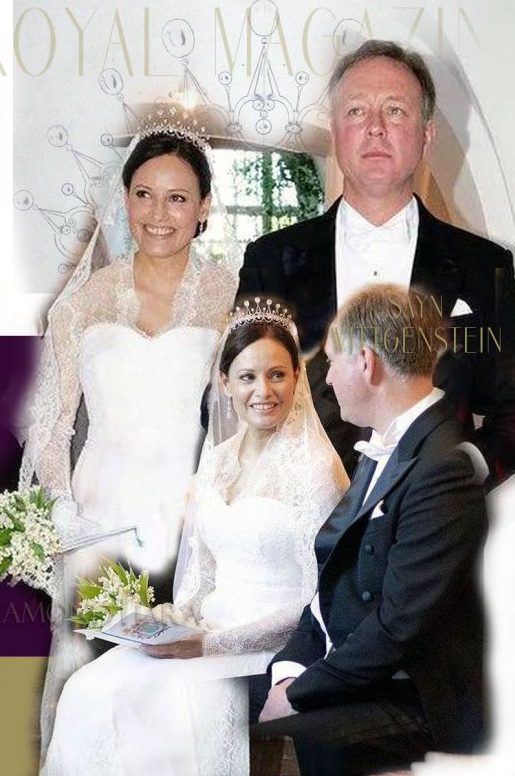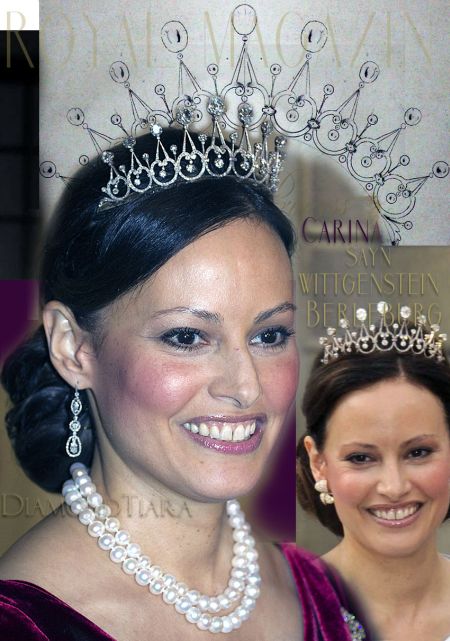On June 9th, 1921, an extraordinary couple exchanged vows in a church in Copenhagen, creating a wedding that defied convention and captured the attention of the world. This was no ordinary union, and the circumstances surrounding it were far from ordinary. The bride, Her Royal Highness Princess Margrethe of Denmark, was the daughter of Prince Waldemar of Denmark, himself the youngest son of King Christian IX of Denmark, and Princess Marie of Orléans. The groom, His Royal Highness Prince René of Bourbon-Parma, hailed from a Catholic family, and their wedding took place in the Catholic Sacred Heart of Jesus church, despite the Protestant background of the Danish royal family.
Princess Margrethe’s upbringing was unique, as she was raised in the Catholic faith despite being a member of the Protestant Danish Royal Family. This was due to her mother’s French royal lineage. When Prince Waldemar and Princess Marie married in 1885, it was decided that their sons would be raised as Protestants, while their daughters would be raised as Catholics. Princess Margrethe happened to be the only daughter born from this Protestant-Catholic union.

Born in September 1895, Princess Margrethe received the names Margrethe Françoise Louise Marie. Her baptism took place in her parents‘ home two days after her birth, followed by a grander christening ceremony witnessed by family members and public representatives, befitting her status as the granddaughter of the King of Denmark.
Tragedy struck at a young age when Princess Margrethe’s mother passed away in 1909, leaving her motherless at the age of 10. Prince René’s background was equally noteworthy, with his father being the Duke of Parma and his mother born an Infanta of Portugal. He came from a large family, with half-siblings and siblings, including the famous last Empress of Austria, Zita. His brother Felix married the Grand Duchess of Luxembourg, and one of his half-sister Marie-Louise , married Prince Ferdinand I of Bulgaria.
The announcement of the royal engagement on March 11th came as a surprise to many, including those close to Prince Valdemar’s family. However, there were indications that some preparations had been made prior to the announcement. Prince René, accompanied by his brothers, had arrived the day before to meet with Princess Margrethe’s family. The engagement was celebrated at a birthday reception and luncheon for the Danish Crown Prince, where the rest of the family had the opportunity to meet the groom-to-be. Various private dinners were hosted by Prince Waldemar and the Queen Dowager, providing further opportunities for the families to bond and celebrate the upcoming union.
Pre-wedding events continued in the days leading up to the wedding, following the tradition of Royal weddings of that era. Guests arrived, and festivities commenced, including a grand dinner and ball hosted by Prince Waldemar at Bernsdorff Palace. The Royal guests, along with Princess Margrethe’s friends, enjoyed the enchanting evening adorned in elegant attire, captured in a photograph that immortalized the moment.
The photograph revealed a display of tiaras and jewelry, worn by the distinguished guests. Details regarding the specific events and their tiara usage were scarce due to the private nature of these occasions.
The wedding day arrived on June 9th, 1921, with preparations taking place at Bernsdorff Palace. The exterior was decorated with greenery, Danish flags, and the initials of the couple, creating a picturesque scene. Inside the church of the Sacred Heart of Jesus, invited guests, including representatives from official authorities, courtiers, and members of the Danish Catholic community, filled the pews. The church itself was adorned with a tasteful and impactful decoration scheme, featuring palms, ivy, rhododendrons, and hydrangeas.
Floral crosses representing both the Danish and French flags adorned the altar.
The Royal guests arrived at the church and were received by the Marshal of the Court, Chamberlain W. Rothe, and other dignitaries. The procession, led by the King and Queen, Prince René and his mother the Duchess of Parma, the Queen Dowager, and other Royal family members, made their way down the aisle to their designated seats. The anticipation grew as the moment approached for the bride and her father to make their entrance. Princess Margrethe, radiating joy, walked beside her father, her magnificent lace train held in place by a wreath of myrtle and orange flowers, accentuated by a delicate diamond tiara, a gift from the groom.
Following the church ceremony, the Royal family returned to Amalienborg, where a luncheon was hosted in their honor. The guests, who had received invitations, extended their congratulations to the newly weds and enjoyed a sumptuous meal accompanied by music and Danish and French melodies. The grandeur of the occasion was enhanced by the beautifully decorated tables adorned with pink roses and the sparkling crystal used for the dining experience.
Outside the palace, crowds of people had gathered, eagerly awaiting a glimpse of the newly weds. Princess Margrethe and Prince René made a balcony appearance, waving to the enthusiastic crowd, before returning inside to continue the luncheon. The celebrations concluded with the departure of the couple, bidding farewell to their family members, and embarking on their journey together. As they left, well-wishers showered them with rice and flowers, adding to the joyful atmosphere.
The wedding of Princess Margrethe and Prince René was a remarkable event that captured the imagination of the public. It defied expectations and highlighted the union of two individuals from different backgrounds and faiths. The day was filled with love, joy, and a sense of unity, as the Royal families and their guests came together to celebrate this extraordinary marriage.
more about the wedding gift and royal jewels of the bride:













